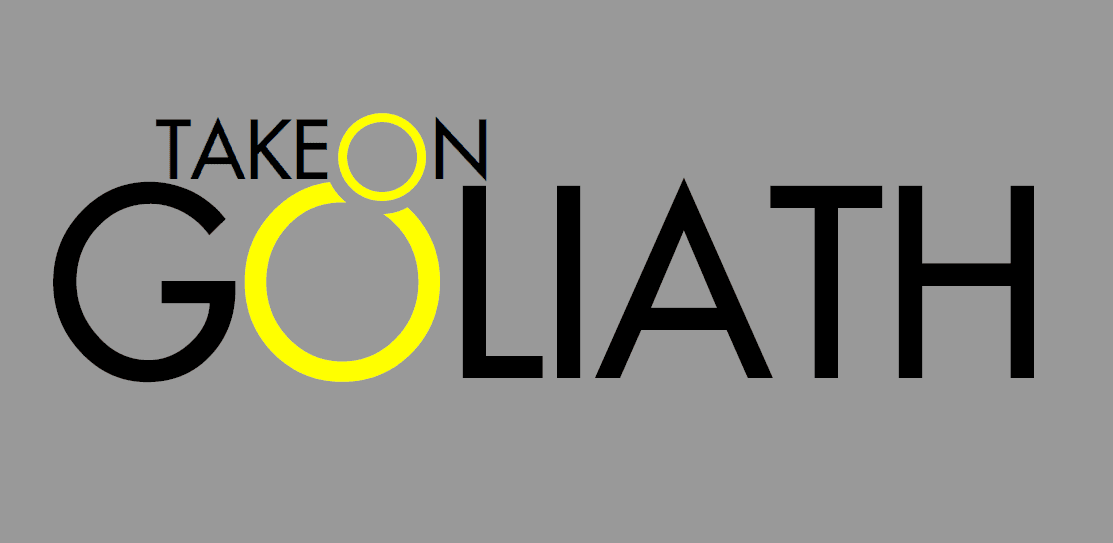Two basic criteria must be met for a mark to be eligible for trademark registration: it must be distinctive and not in conflict with any other trademark.
Distinctiveness means being unique enough to be distinguishable - as its own entity and from others. Since the purpose of a trademark is to signal a recognizable source of goods or services to the customer, a mark that fails to be distinctive enough can't be registered. As a result of this, generic terms and descriptive names aren't accepted. Most trademark applications fail here as many applicants overvalue the recognizability of their descriptive brand names (For example, "Nice Hair" in the context of haircare products or "Skills" in the context of education are brand names that would be dismissed). It's worth mentioning that misspelling or submitting the name in a stylized font is not considered enough to increase distinctiveness.
Not being in conflict means avoiding or resolving potential similarities between existing trademarks and the applicant's trademark. The reason for this is yet again the purpose behind trademarks, which is to avoid consumer confusion and protect brands from potential losses due to that confusion. There's no quick answer to what constitutes similarity, and intellectual property offices use several guidelines to evaluate whether two marks can be considered similar.
If you want to know whether your trademark is distinctive enough and whether there are any brands that could be considered similar to yours in your country of interest, you can use our free lawyer's check.
You may also be interested in these articles:






